
Key Points on Smooth Camera Movement in Deforum Stable Diffusion
By John Doe 5 min
Key Points
Research suggests that smooth camera movement in deforum_stable_diffusion can be achieved by using keyframes and mathematical functions for gradual changes.
It seems likely that parameters like 2D Zoom, Angle, Translation, and 3D Rotation are key for controlling movement, with settings like sine or cosine functions enhancing smoothness.
The evidence leans toward using depth warping and testing small segments for optimal results, though exact settings may vary based on desired effects.
Understanding Camera Movement in Deforum
Deforum Stable Diffusion is a tool for creating animated videos using AI, where camera movement simulates how a camera shifts in 2D or 3D space. Smooth movement means transitions between frames look natural, avoiding jerkiness. Key parameters include zoom, angle, translation, and rotation, which can be adjusted using keyframes or mathematical expressions.
Achieving Smoothness
To ensure smooth movement, set parameters with gradual changes over time. For example, use a sine function for zooming:
Example: `Zoom: 0:(1 + 0.05*(1 - cos(3.14*t/50)))` for smooth in-and-out zoom over 100 frames.
For panning, linear interpolation like `Translation X: 0:(-5), 100:(5)` works, or use ease-in-out functions for smoother starts and ends.
Tips for Best Results
- Start with simple movements and test small video segments before full rendering.
- Experiment with depth warping for realistic 3D effects, and adjust iteratively for the desired look.
- Combining movements, like zooming while rotating, can create dynamic effects, but ensure coordination for smoothness.
Survey Note: Detailed Analysis of Camera Movement Settings in Deforum Stable Diffusion
Deforum Stable Diffusion is an open-source tool designed for creating animated videos using the Stable Diffusion AI model, enabling users to generate sequences of images that form smooth, continuous videos. This survey note provides a comprehensive exploration of the best
Deforum Stable Diffusion is a powerful tool for creating animations by leveraging the capabilities of Stable Diffusion. It allows users to generate frame sequences with smooth transitions, which are then compiled into videos. Understanding the camera movement settings is essential for achieving professional-looking results.
Parameters Controlling Camera Movement
The camera movement in Deforum is controlled by several parameters, categorized into 2D and 3D settings. These parameters include zoom, rotation, and translation, which can be adjusted to create different effects. Proper configuration of these settings ensures that the animations appear natural and fluid.
2D Zoom
The 2D Zoom parameter allows users to zoom in or out of the scene. A value greater than 1 zooms in, while a value less than 1 zooms out. The further the value is from 1, the faster the zoom effect will be. This setting is useful for creating dramatic or subtle zoom effects in animations.
3D Camera Movement
In addition to 2D settings, Deforum also supports 3D camera movements. These include parameters for panning, tilting, and rolling the camera in a 3D space. Adjusting these settings can add depth and realism to the animations, making them more immersive.
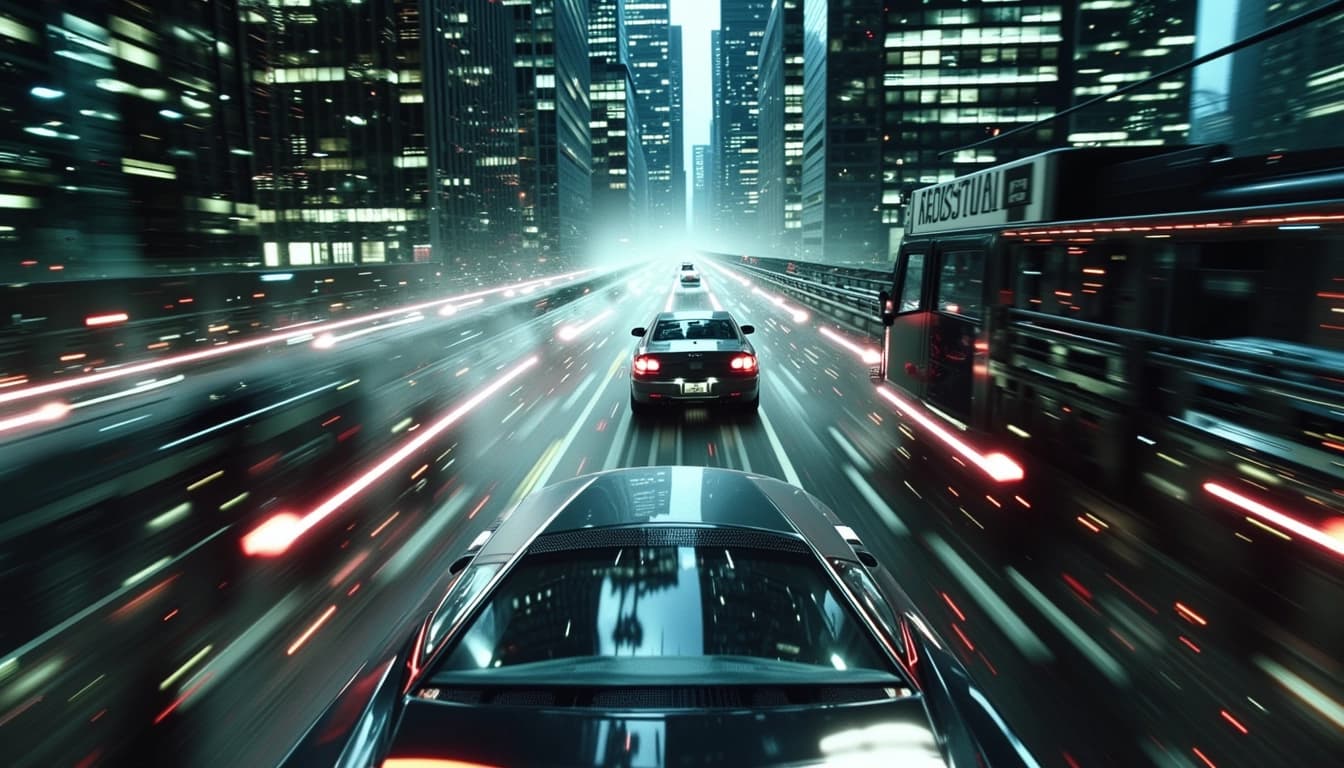
Conclusion & Next Steps
Mastering the camera movement settings in Deforum Stable Diffusion can significantly enhance the quality of your animations. By experimenting with different parameters, users can achieve a wide range of effects, from subtle transitions to dynamic camera movements. The key is to understand how each setting interacts with the others to create the desired outcome.

- Experiment with 2D Zoom to create dramatic effects
- Adjust 3D camera movements for added depth
- Combine multiple settings for complex animations
The article discusses various parameters for controlling 2D and 3D transformations in images. These transformations include zoom, rotation, translation, and perspective adjustments, which can be used to create dynamic visual effects.
2D Transformations
The 2D transformations section covers parameters like zoom, angle, and translation. These parameters allow users to manipulate the image in a two-dimensional space, adjusting focus, rotation, and position. The transform center parameter is crucial for defining the focal point of these transformations.
2D Zoom
The 2D zoom parameter controls the magnification level of the image. A positive value zooms in, while a negative value zooms out. The focus of the zoom is determined by the transform center coordinates, which can be adjusted to create different effects.
2D Angle
The 2D angle parameter rotates the image counterclockwise for positive values and clockwise for negative values. The rotation speed increases with larger values, and the center of rotation is controlled by the transform center coordinates.
3D Transformations
The 3D transformations section introduces parameters for moving and rotating the camera in a three-dimensional space. These include translation along the X, Y, and Z axes, as well as rotation about these axes. These parameters enable more complex and immersive visual effects.
3D Translation
The 3D translation parameters allow the camera to move right, left, up, down, forward, or backward. The Z-axis translation is particularly notable as it mimics the effect of zooming in or out, similar to the 2D zoom parameter but with a three-dimensional perspective.
3D Rotation
The 3D rotation parameters enable the camera to rotate about the X, Y, and Z axes. These rotations can create dramatic shifts in perspective, making the image appear as if it is being viewed from different angles in three-dimensional space.
Conclusion & Next Steps
The article provides a comprehensive overview of the parameters available for 2D and 3D image transformations. By understanding and utilizing these parameters, users can create a wide range of dynamic and visually appealing effects. Experimenting with different values and combinations will help in mastering these techniques.
- 2D transformations include zoom, angle, and translation.
- 3D transformations involve moving and rotating the camera in 3D space.
- The transform center is crucial for defining the focal point of 2D transformations.
Deforum offers a variety of camera motion settings that allow for dynamic and smooth animations. These settings include parameters like zoom, translation, and rotation, which can be adjusted to create intricate camera movements. By using keyframes and mathematical functions, users can achieve smooth transitions and effects.
Key Camera Motion Settings
The camera motion settings in Deforum are designed to provide flexibility and control over animations. Parameters such as Zoom, Translation X/Y/Z, and Rotation X/Y/Z can be fine-tuned to create the desired effect. Each parameter accepts a motion schedule format, allowing for precise control over how the camera moves over time.
Zoom and Translation
The Zoom parameter adjusts the camera's field of view, creating a sense of depth or closeness. Translation X/Y/Z moves the camera along the respective axes, enabling panning or tracking shots. These settings can be combined to create complex movements, such as a dolly zoom effect.
Achieving Smooth Camera Movement
Smooth camera movement is essential for professional-looking animations. By using keyframes and interpolation, Deforum ensures that transitions between values are gradual and consistent. Mathematical functions like sine and cosine can be employed to create natural easing effects, making movements appear more lifelike.

Additional Settings and Enhancements
Depth warping and other advanced techniques can further enhance camera movements. Algorithms like Midas-3-Hybrid can be used to add depth perception, creating more immersive animations. These tools allow for even greater creativity and control over the final output.
Conclusion & Next Steps
Mastering Deforum's camera motion settings opens up a world of possibilities for animation. By experimenting with different parameters and techniques, users can create stunning visuals. The key is to practice and explore the various options available to find what works best for your project.
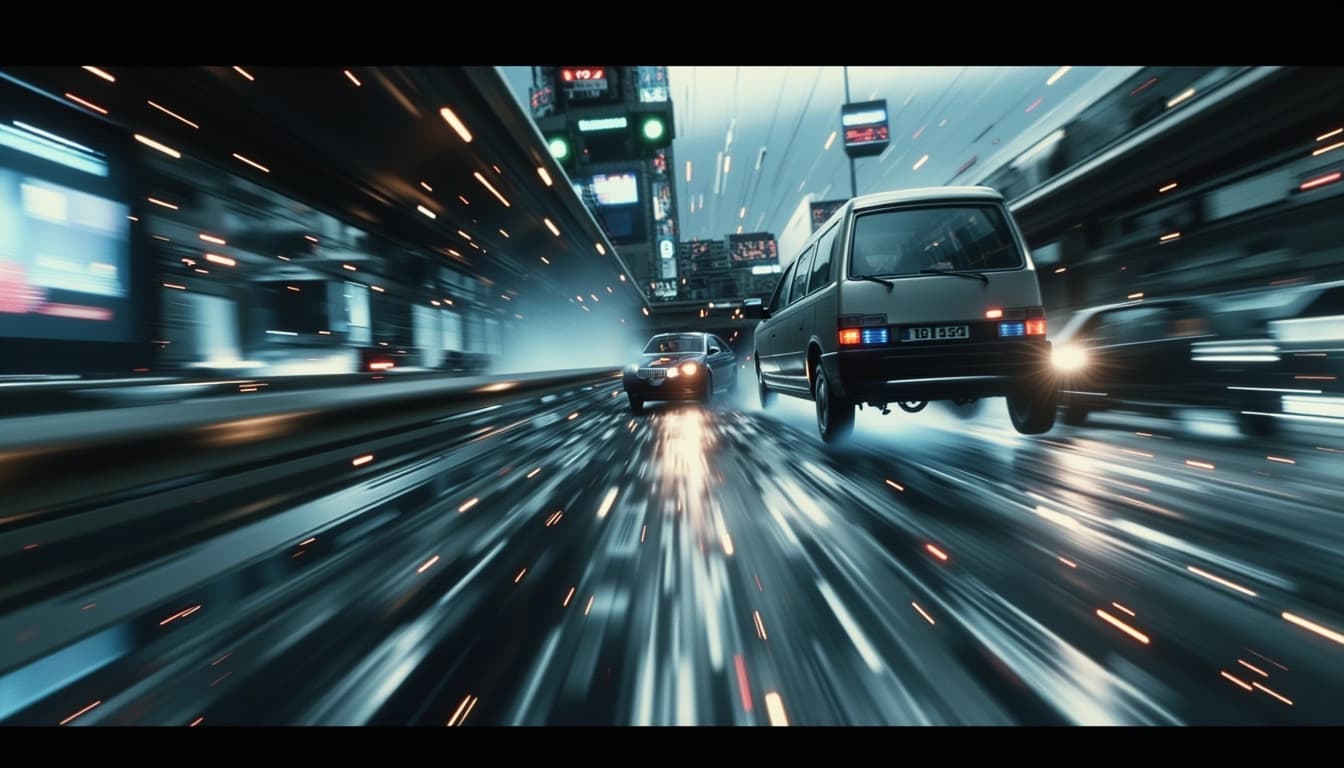
- Experiment with keyframes to control timing and transitions.
- Use mathematical functions for smooth and natural movements.
- Combine multiple parameters for complex effects.
Creating smooth camera movements in Deforum Stable Diffusion requires a deep understanding of various parameters and settings. By adjusting zoom, translation, and rotation, users can achieve professional-quality animations. The key lies in using mathematical functions and keyframes to create seamless transitions between movements.
Understanding Camera Movement Parameters
Deforum Stable Diffusion offers several parameters to control camera movements, including zoom, translation (panning), and rotation. Each parameter can be adjusted using mathematical functions like sine or cosine to create smooth transitions. For example, a sine function can produce oscillating movements, while a cosine function can create ease-in and ease-out effects.
Keyframes and Interpolation
Keyframes are essential for defining the start and end points of camera movements. By setting keyframes at specific intervals, users can control the timing and intensity of movements. Interpolation between keyframes ensures smooth transitions, and using mathematical functions can further enhance the fluidity of the animation.
Advanced Techniques for Smooth Movements
Advanced techniques like depth warping can add a 3D-like realism to camera movements. Depth warping uses algorithms like Midas-3-Hybrid to simulate depth perception, making movements more immersive. Adjusting the Midas weight parameter can fine-tune the effect to achieve the desired level of realism.
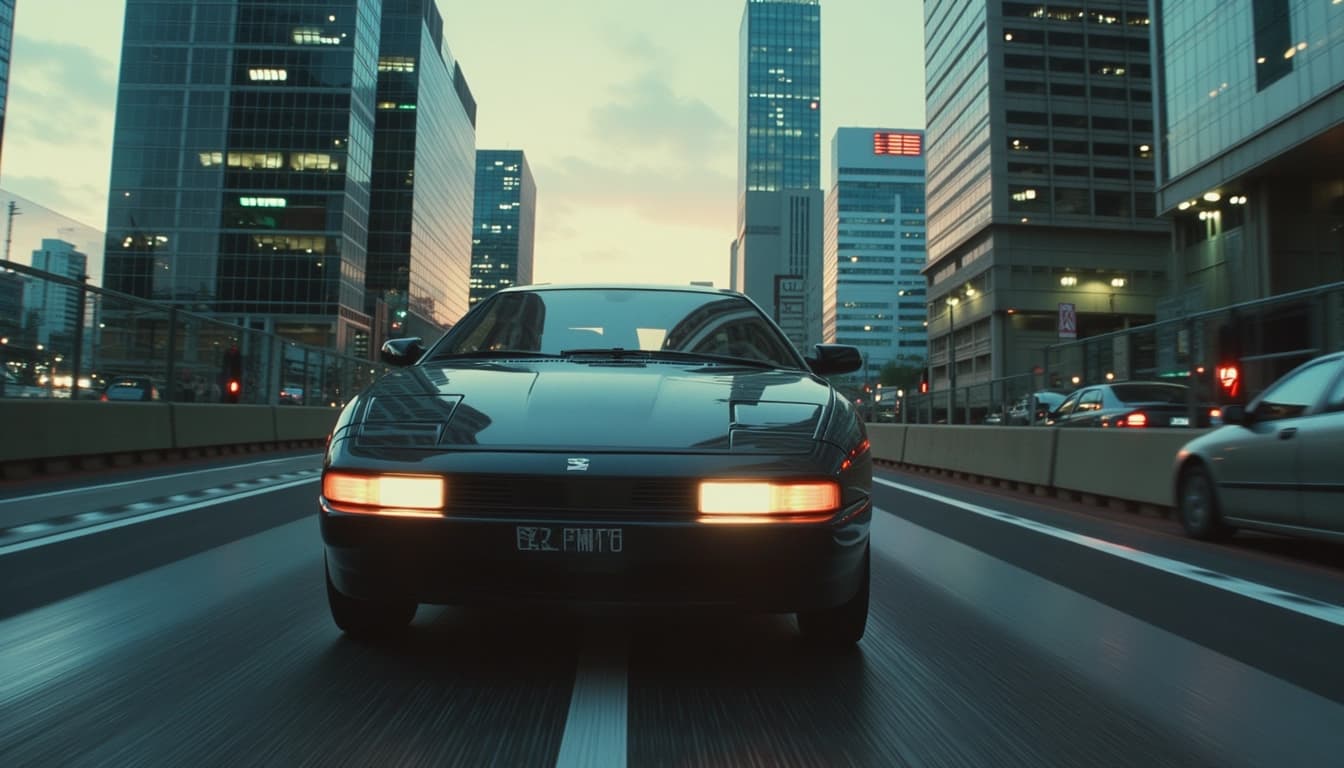
Best Practices and Tips
To optimize camera movements, start with simple linear pans and gradually introduce more complex motions like combined zoom and rotation. Testing settings with short video segments allows for iterative adjustments. Coordinating multiple movements ensures smooth transitions without conflicting effects.
Conclusion & Next Steps
Mastering camera movements in Deforum Stable Diffusion involves experimenting with parameters, keyframes, and advanced techniques like depth warping. By following best practices and iterating on settings, users can create professional-quality animations. Further exploration of mathematical functions and community resources can enhance your skills.
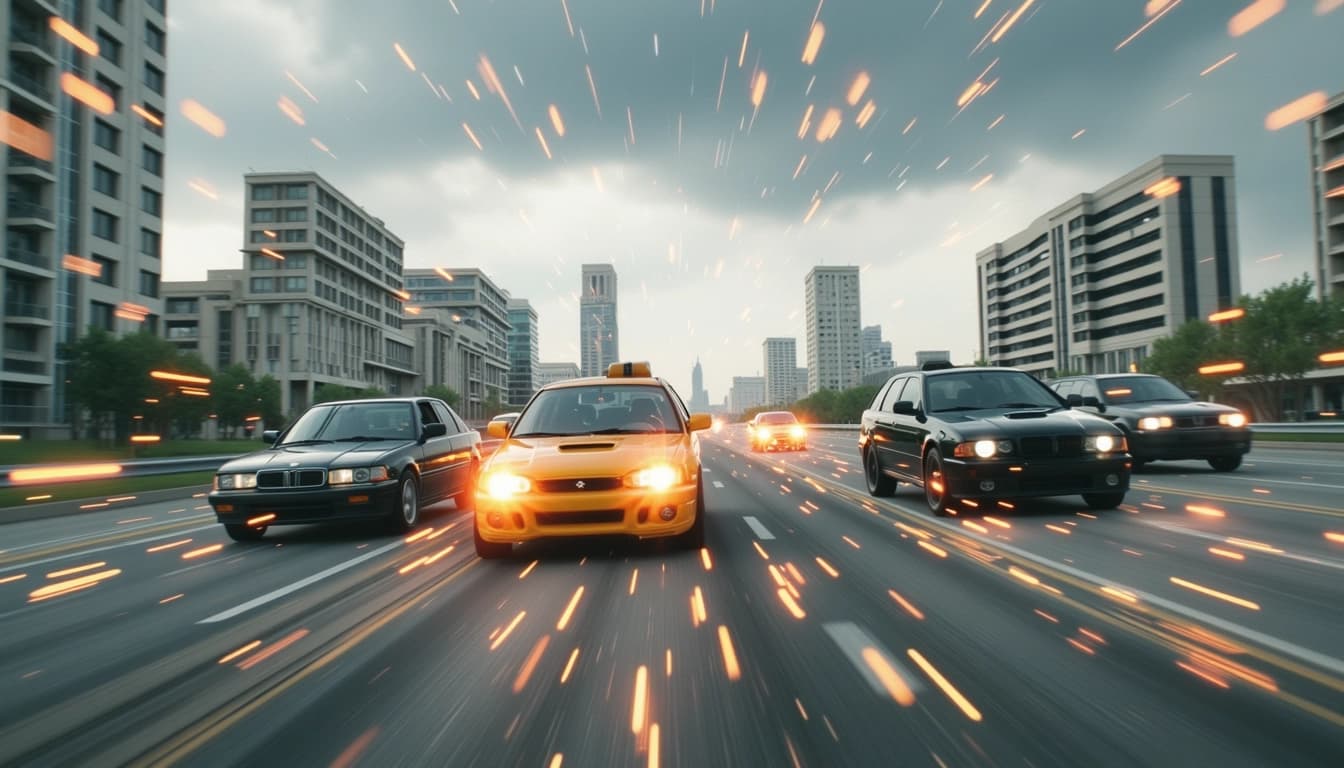
- Start with simple movements and gradually add complexity
- Use mathematical functions for smooth transitions
- Experiment with depth warping for 3D effects
- Test settings with small video segments before full rendering
Deforum is an innovative tool that allows users to create infinite AI animations using Stable Diffusion. It provides a unique way to generate dynamic and visually stunning content by leveraging the power of AI. The tool is particularly popular among artists and creators who want to explore new dimensions in digital art.
Understanding Deforum and Its Capabilities
Deforum stands out due to its ability to manipulate camera movements and generate seamless animations. It integrates with Stable Diffusion, enabling users to create complex animations with minimal effort. The tool offers a range of customization options, making it suitable for both beginners and advanced users.
Key Features of Deforum
One of the standout features of Deforum is its camera movement controls, which allow for smooth transitions and dynamic scenes. Additionally, it supports various animation styles and can be fine-tuned to meet specific creative needs. The community around Deforum is also very active, providing tutorials and support.
How to Get Started with Deforum
Getting started with Deforum is relatively straightforward, especially for those familiar with Stable Diffusion. The tool is available on GitHub, and there are numerous tutorials online to guide users through the setup process. Once installed, users can begin experimenting with different settings to create their own animations.

Advanced Techniques and Tips
For those looking to take their Deforum animations to the next level, exploring advanced techniques like keyframe interpolation and custom prompts can yield impressive results. The Reddit community and YouTube tutorials are great resources for learning these advanced methods.
Conclusion & Next Steps
Deforum is a powerful tool that opens up new possibilities in AI-generated animations. Whether you're a beginner or an experienced creator, there's always something new to learn and experiment with. The next step is to dive in, explore the tool, and start creating your own unique animations.
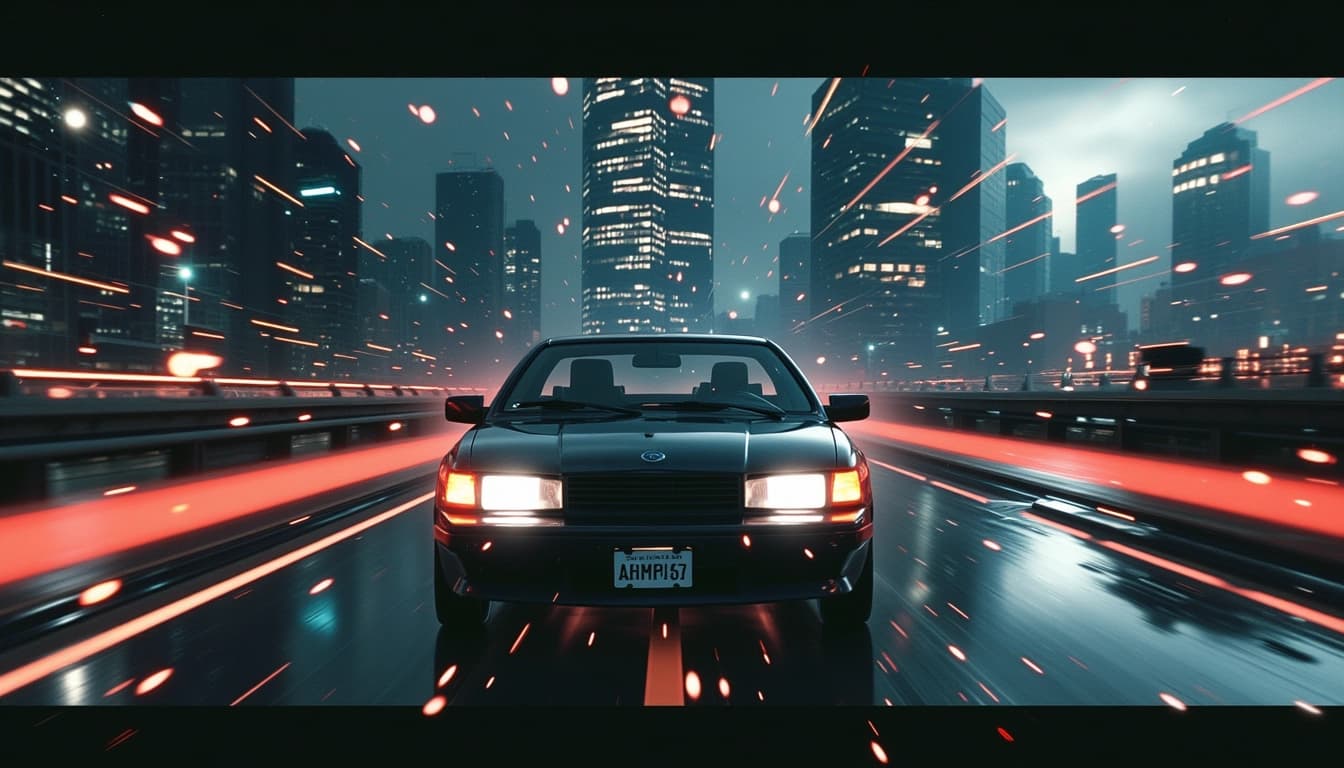
- Install Deforum from GitHub
- Follow online tutorials for setup
- Experiment with camera movements and prompts
- Join the community for support and inspiration